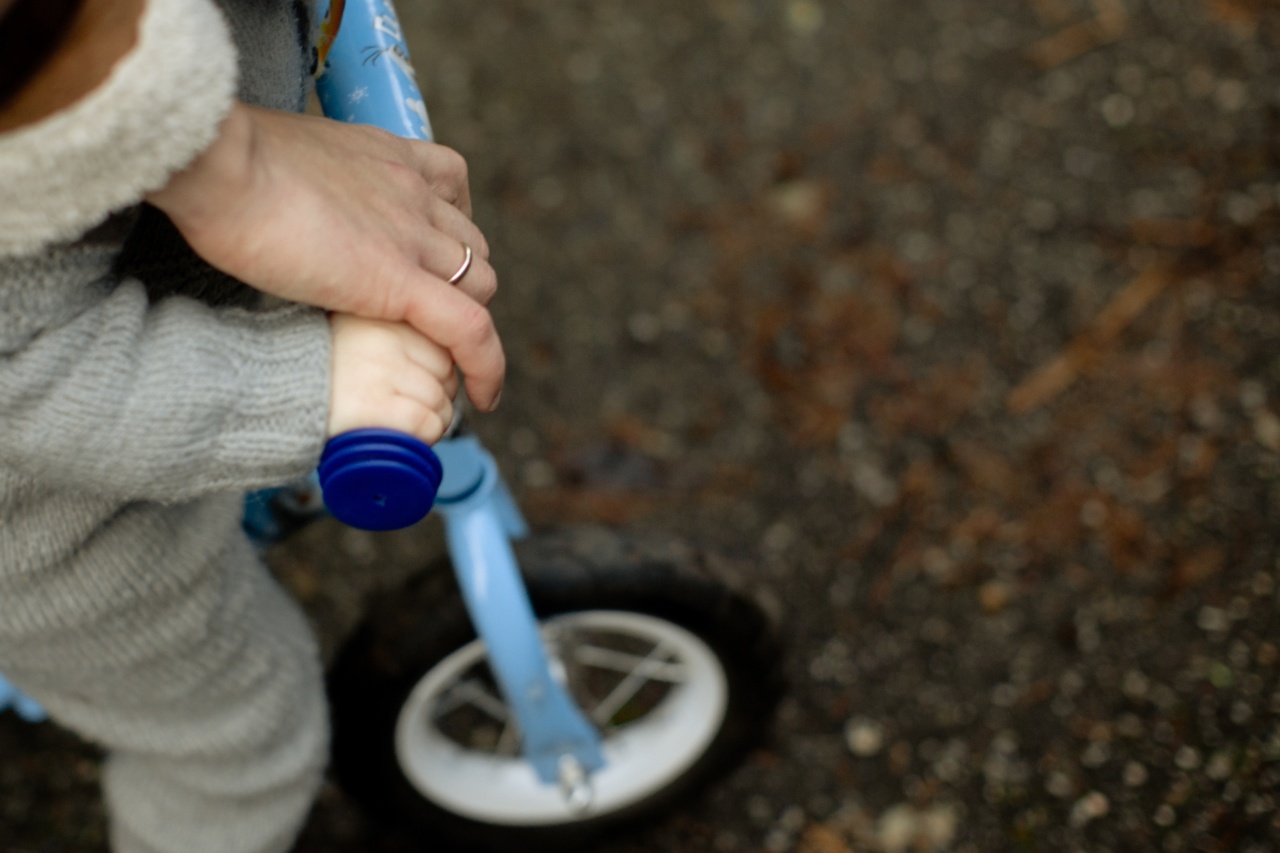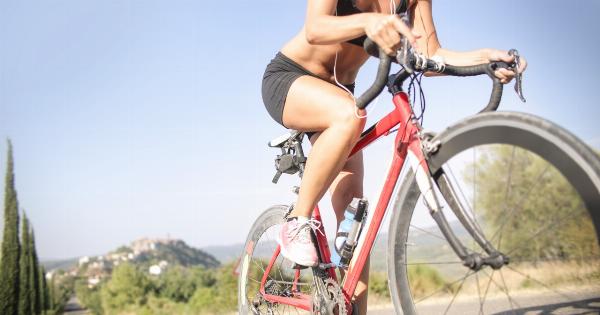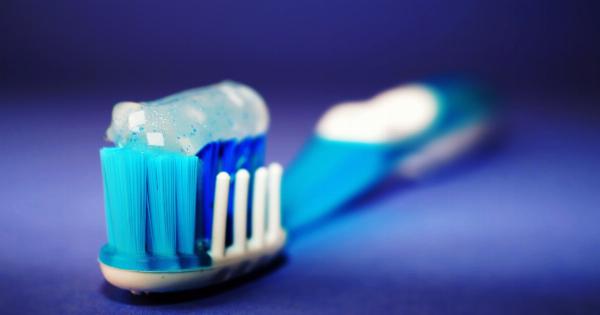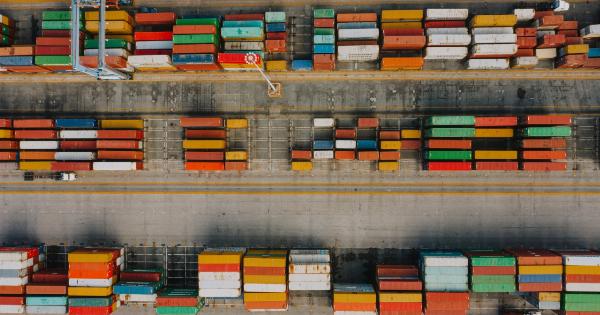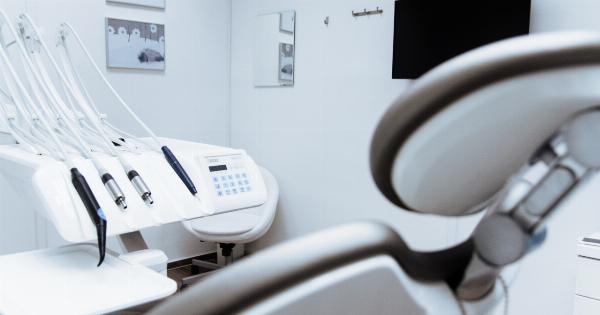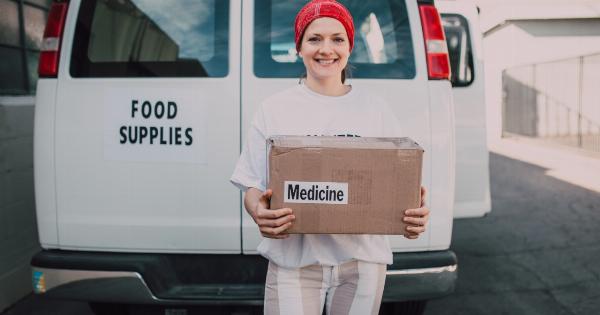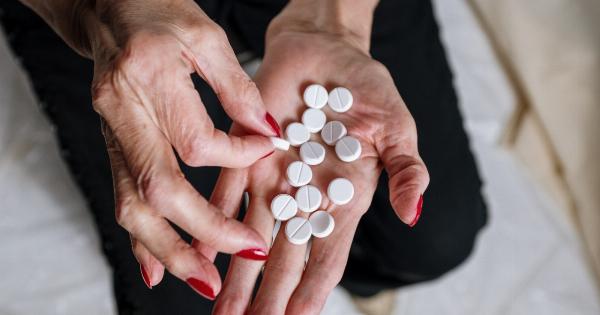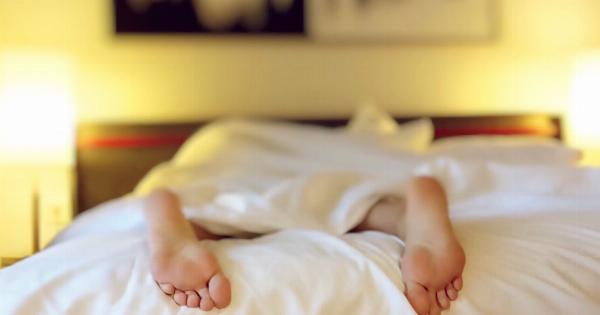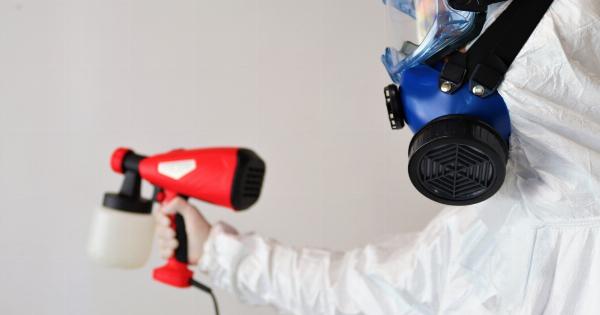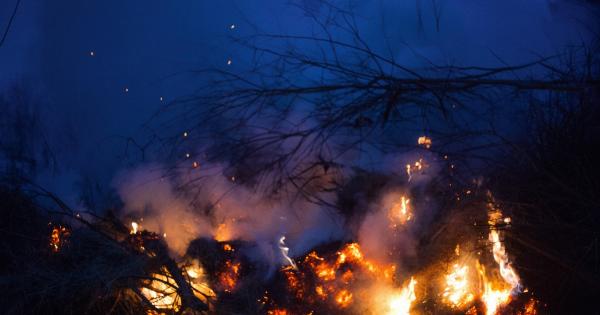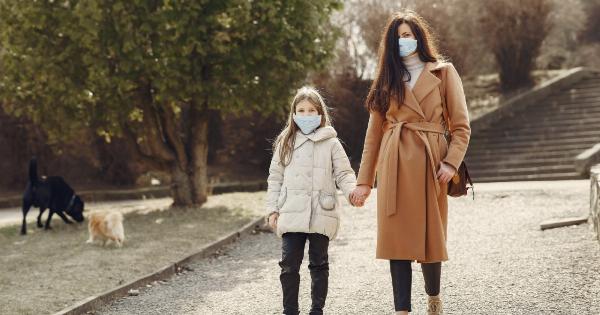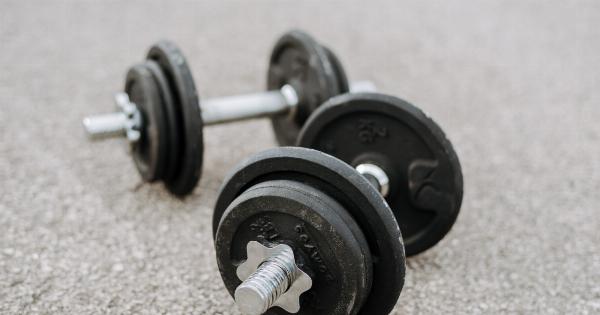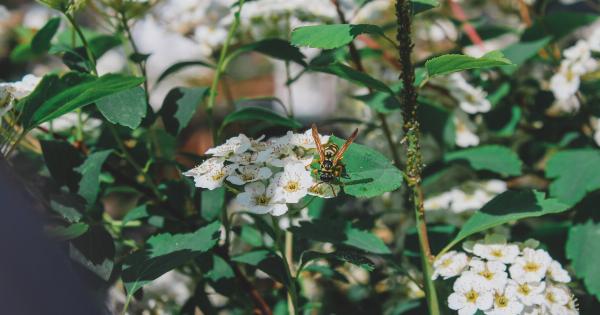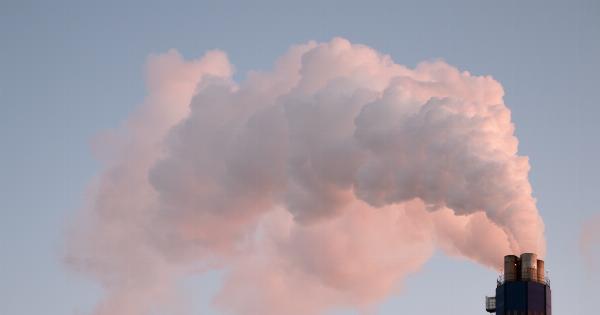Biking is a great way to stay fit while enjoying the great outdoors. However, it is important to ensure that you protect your lungs from the effects of pollution while biking.
Air pollution is a major concern in many cities around the world, and exposure to polluted air can lead to respiratory problems, such as asthma, bronchitis, and even lung cancer.
1. Plan Your Route Carefully
One of the easiest ways to protect your lungs while biking is to plan your route carefully. Try to avoid congested areas and busy roads where pollution levels are likely to be higher. Instead, choose quieter, less polluted routes where possible.
2. Check Pollution Levels
Before setting out on your bike, check the pollution levels in your area. You can do this by checking the air quality index (AQI) in your local weather forecast or by using an air quality app on your smartphone.
3. Cycle During Low Pollution Times
If possible, avoid cycling during times when pollution levels are at their highest. For example, rush hour in cities is often a time of high pollution, so try to cycle outside of these times where possible.
4. Wear a Mask
Wearing a mask while biking can help to filter out harmful pollutants from the air. Look for a mask that is designed specifically for cycling and offers high levels of protection against pollution.
5. Use an Air Filter
Some cyclists choose to use an air filter attached to their bike to help reduce exposure to pollutants. These filters can remove a high percentage of the pollutants from the air around you as you cycle.
6. Choose Your Clothing Carefully
The right clothing can also help to protect your lungs from pollution while biking. Choose clothing that covers as much of your skin as possible and is made from breathable materials to help reduce exposure to pollutants.
7. Use Eye Protection
It is not just your lungs that are at risk from pollution while biking – your eyes can also be affected. Using specialist eye protection, such as cycling glasses, can help to protect your eyes from pollutants and other debris in the air.
8. Stay Hydrated
Drinking plenty of water can help to keep your lungs healthy and reduce the effects of pollution. It can also help to thin out mucus secretions, making it easier for you to expel pollutants and other harmful toxins from your lungs.
9. Choose Off-Road Routes
Cycling on off-road routes, such as through parks and along canals, can help to reduce your exposure to pollutants. These routes are often less congested and may have fewer cars and emissions to contend with.
10. Avoid Rush Hour
As mentioned earlier, rush hour can be a major source of pollution for cyclists. Avoiding cycling during peak traffic times can help to reduce your exposure to harmful pollutants and keep your lungs healthy.
11. Wash Your Hands Frequently
Polluted air can leave harmful particles and pollutants on your skin, clothing, and bike. Washing your hands frequently can help to reduce exposure and keep your lungs healthy.
12. Keep Your Bike Clean
Regularly cleaning your bike can help to reduce exposure to pollutants that may have collected on your bike during a ride. This can also help to prevent these pollutants from being transferred onto your skin and clothing.
13. Check Your Breathing Technique
Learning to breathe correctly while cycling can help to reduce the amount of pollution you inhale. Try to breathe through your nose rather than your mouth whenever possible, as this will allow your nasal hairs to filter out pollutants.
14. Use a Sustainable Transport Alternative
If you are concerned about pollution while biking, you may want to consider using a more sustainable transport alternative, such as walking, running, or using public transport.
These options can help to reduce your exposure to harmful pollutants while still allowing you to stay active and healthy.
15. Wear a Helmet
Wearing a helmet can also help to protect your lungs from pollution while biking. A helmet can help to filter out some of the pollutants in the air around you, reducing the amount you inhale.
16. Choose Low Traffic Routes
Low traffic routes can help to reduce your exposure to pollutants while cycling. These routes can be less congested, with fewer cars and associated emissions to contend with.
17. Use Bike Lanes and Cycle Paths
Using bike lanes and cycle paths can also help to reduce your exposure to harmful pollutants while cycling. These routes can help to keep you away from busy roads and associated emissions, helping to protect your lungs.
18. Monitor Your Breathing
Monitoring your breathing while cycling can help you to keep track of any changes in your lung health. If you notice any breathing problems or changes, such as coughing or wheezing, seek medical attention as soon as possible.
19. Stay Well Rested
Staying well rested can help to keep your immune system functioning at its best, reducing your risk of respiratory problems and other health issues caused by pollution exposure.
20. Stay away from Dead Spots
Dead spots are areas where air can become trapped and stagnant, increasing pollution levels. Try to avoid cycling in these areas, and choose well-ventilated routes where possible.
21. Avoid Busy Roads
Cycling on busy roads can expose you to high levels of pollution. Avoiding busy roads and congested areas can help to reduce your exposure to harmful pollutants and keep your lungs healthy.
22. Wear a Pollution Monitor
Wearing a pollution monitor while cycling can help you to stay aware of pollution levels in your area. This can help you to make informed decisions about the routes you choose and the precautions you take to protect your lungs.
23. Get Regular Check-Ups
Regular check-ups with your doctor can help to ensure that your lungs remain healthy and that any respiratory problems are caught early. This can help to reduce the long-term effects of pollution exposure on your lungs.
24. Carpool
If you need to travel to work or other destinations, consider carpooling with friends or colleagues. This can help to reduce the number of cars on the road and associated emissions, helping to protect your lungs.
25. Speak Out About Pollution
Speaking out about pollution can help to raise awareness of this important issue and encourage others to take action to protect their lungs.
This can include lobbying local governments for improvements in air quality or participating in public information campaigns.
26. Watch Your Speed
Cycling at high speeds can increase your exposure to pollution by causing you to inhale more air in a shorter amount of time. Try to cycle at a moderate pace and take breaks when necessary to reduce your exposure to harmful pollutants.
27. Use a Respiratory Mask
Using a respiratory mask can help to filter out harmful pollutants from the air and reduce your exposure while cycling. Look for masks that are specifically designed for cycling and offer high levels of protection.
28. Choose Green Transport Options
Choosing green transport options, such as cycling or electric cars, can help to reduce your overall exposure to harmful pollutants. These options can also be more sustainable and better for the environment in the long run.
29. Consider Cycling Indoors
If pollution levels in your area are particularly high, you may want to consider cycling indoors instead. There are a range of indoor cycling options available, including stationary bikes and cycling classes.
30. Choose Sustainable Products
Choosing sustainable products can also help to reduce your overall exposure to harmful pollutants and protect your lungs. Look for products that are made from natural, eco-friendly materials and are free from harmful chemicals and toxins.
